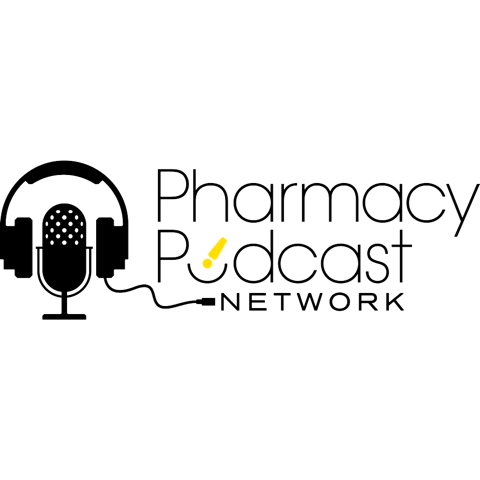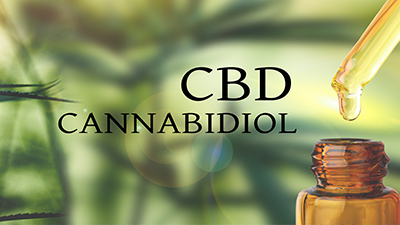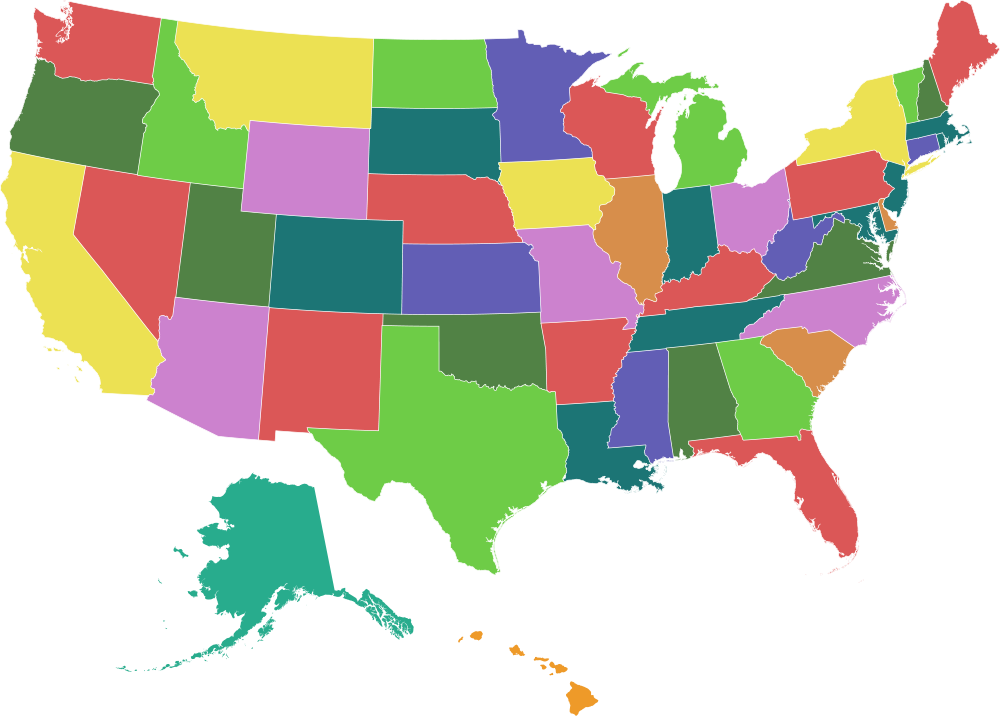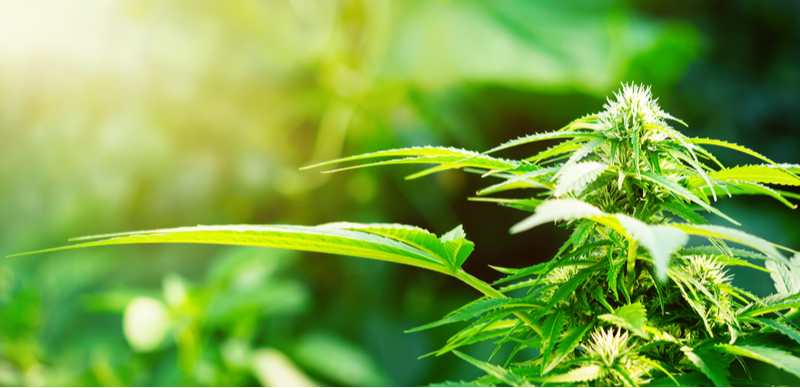
Your Dose of Cannabis Education

Your Dose of Cannabis Education
Only have a minute but want to Learn something every day™? Sign up to receive Your Dose of Cannabis Education, bringing featured content from our course library right to your inbox each day.
Your Dose of Cannabis Education is based on data from the studies and reviews published in the current peer-reviewed medical journals. Whether you are a healthcare provider, patient, caregiver, an individual working in the healthcare sector, or just a curious person, you can benefit from Your Dose of Cannabis Education.
Wake up every morning and get your dose of unbiased evidence-based cannabis education!

 The half-life of CBD following smoking is approximately 18 to 32 hours, which is similar to the half-life of THC of about 20 to 30 hours. Both cannabinoids are widely distributed to fatty tissues and highly perfused organs, including the brain, heart, lungs, and liver.
The half-life of CBD following smoking is approximately 18 to 32 hours, which is similar to the half-life of THC of about 20 to 30 hours. Both cannabinoids are widely distributed to fatty tissues and highly perfused organs, including the brain, heart, lungs, and liver. 
 Under federal law, "marijuana" is defined as the Cannabis sativa plant and all parts of the plant containing more than 0.3% __-tetrahydrocannabinol (THC) on a dry weight basis. "The term 'hemp' means the plant Cannabis sativa L. and any part of that plant, including the seeds thereof and all derivatives, extracts, cannabinoids, isomers, acids, salts, and salts of isomers, whether growing or not, with a delta-9 tetrahydrocannabinol concentration of not more than 0.3 percent on a dry weight basis."
Under federal law, "marijuana" is defined as the Cannabis sativa plant and all parts of the plant containing more than 0.3% __-tetrahydrocannabinol (THC) on a dry weight basis. "The term 'hemp' means the plant Cannabis sativa L. and any part of that plant, including the seeds thereof and all derivatives, extracts, cannabinoids, isomers, acids, salts, and salts of isomers, whether growing or not, with a delta-9 tetrahydrocannabinol concentration of not more than 0.3 percent on a dry weight basis." 
 When herbal cannabis is smoked, whether through a cigarette, pipe, blunt, or bong, THC, CBD and other phytocannabinoids, as well as terpenoids, are vaporized by the heat of combustion and inhaled. Inhaled constituents quickly pass from alveoli into the bloodstream and readily cross the blood-brain barrier. The euphoric effects (and the "high") appear within seconds to a few minutes of inhalation, reach a maximum after 15-30 minutes, and taper off within 2-5 hours. The cognitive and psychomotor impairment typically peak 30-60 minutes after smoking and last for about 4-5 hours.
When herbal cannabis is smoked, whether through a cigarette, pipe, blunt, or bong, THC, CBD and other phytocannabinoids, as well as terpenoids, are vaporized by the heat of combustion and inhaled. Inhaled constituents quickly pass from alveoli into the bloodstream and readily cross the blood-brain barrier. The euphoric effects (and the "high") appear within seconds to a few minutes of inhalation, reach a maximum after 15-30 minutes, and taper off within 2-5 hours. The cognitive and psychomotor impairment typically peak 30-60 minutes after smoking and last for about 4-5 hours. 
 CB2 receptors are primarily located throughout the immune system. For example, they are found in the tonsils, spleen, and on various immune cells, including lymphocytes, natural killer (NK) cells, monocytes, macrophages, mast cells, and microglia. CB2 receptors are also expressed outside the immune system in the gastrointestinal tract, hematopoietic cells, bone, keratinocytes, reproductive tissues, and the cardiovascular system. The expression of CB2 receptors is relatively low under normal conditions but in states of neuroinflammation and neurodegeneration, the expression of CB2 receptors is upregulated.
CB2 receptors are primarily located throughout the immune system. For example, they are found in the tonsils, spleen, and on various immune cells, including lymphocytes, natural killer (NK) cells, monocytes, macrophages, mast cells, and microglia. CB2 receptors are also expressed outside the immune system in the gastrointestinal tract, hematopoietic cells, bone, keratinocytes, reproductive tissues, and the cardiovascular system. The expression of CB2 receptors is relatively low under normal conditions but in states of neuroinflammation and neurodegeneration, the expression of CB2 receptors is upregulated. 
 There is significant interindividual variability in the onset, intensity, and duration of effects of orally consumed (and swallowed) cannabis. Grotenhermen reported that the psychoactive and physiological effects of orally consumed cannabis appear about 90 minutes after ingestion, reach their maximum within 2-3 hours, and last for 4-12 hours. Zamarripa and colleagues found slightly different results; the effects of orally consumed THC peak between 1-5 hours after ingestion and last for ~ 6-12 hours.
There is significant interindividual variability in the onset, intensity, and duration of effects of orally consumed (and swallowed) cannabis. Grotenhermen reported that the psychoactive and physiological effects of orally consumed cannabis appear about 90 minutes after ingestion, reach their maximum within 2-3 hours, and last for 4-12 hours. Zamarripa and colleagues found slightly different results; the effects of orally consumed THC peak between 1-5 hours after ingestion and last for ~ 6-12 hours. 
Learn something every day™ in your  feed…
feed…
Our courses

CBD in Clinical Care V2

A Nationally Approved CME/CE Medical Marijuana Course V2

Cannabis Essentials CME/CE Bundle
New to TheAnswerPage? There’s lots we’d like to share with you and we don’t want you to miss a thing! Be sure to register today for “Your Dose of Cannabis Education” emails where you’ll gain valuable insights in small doses that fit your schedule and also be provided direct access to the archived daily content.

